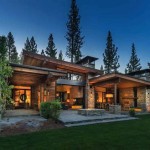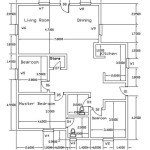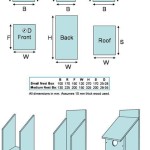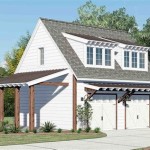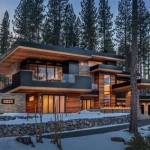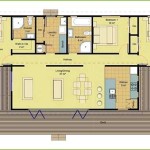Passive house design plans are a great way to create an eco-friendly, energy-efficient home. Passive house design plans are designed to use the sun’s energy to heat the home in the winter and cool it in the summer, while also reducing energy costs. With a passive house design, you’ll be able to save money on energy bills while also helping the environment. Here’s how you can create a passive house design plan for your home.
Understanding Passive House Design
Passive house design is a concept that was developed in Germany in the late 1980s. It is based on the idea of using the sun’s energy to heat and cool a home without the need for additional energy sources. The goal of a passive house design is to create a home that is energy-efficient, comfortable, and sustainable. To achieve this, the home must be designed with high levels of insulation, airtight construction, and strategic shading to reduce the amount of energy used for heating and cooling.
Creating a Passive House Design Plan
When creating a passive house design plan, there are several key elements to consider. Here are some of the most important ones:
- Insulation – The home must be well-insulated to maximize energy efficiency. Insulation should be used throughout the home, including walls, floors, and ceilings.
- Windows and Doors – The windows and doors should be designed to reduce the amount of heat lost in the winter and cool air lost in the summer. This can be achieved by choosing double or triple glazed windows and doors, as well as using blinds and curtains.
- Ventilation – The home should be properly ventilated to ensure fresh air is circulated throughout the house. This can be achieved by using an air-to-air heat exchanger or a mechanical ventilation system.
- Shading – The home should be shaded to prevent heat gain in the summer. This can be achieved by using external shading such as awnings or trees, as well as internal shading such as curtains and blinds.
- Renewable Energy – The home should be designed to make use of renewable energy sources such as solar panels or a wind turbine. This can help reduce energy costs and also help the environment.
By following these guidelines, you can create a passive house design plan that will help you save money on energy bills and reduce your environmental footprint.
Conclusion
Passive house design plans are a great way to create an eco-friendly, energy-efficient home. By following the guidelines outlined in this article, you can create a plan that will help you save money on energy bills and reduce your environmental footprint. With a passive house design plan, you’ll be able to create a sustainable and comfortable home that is good for the environment.















Related Posts

